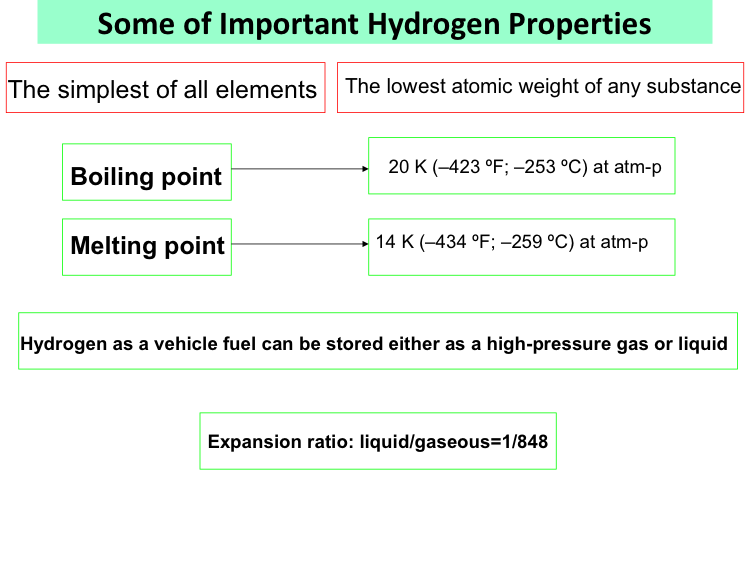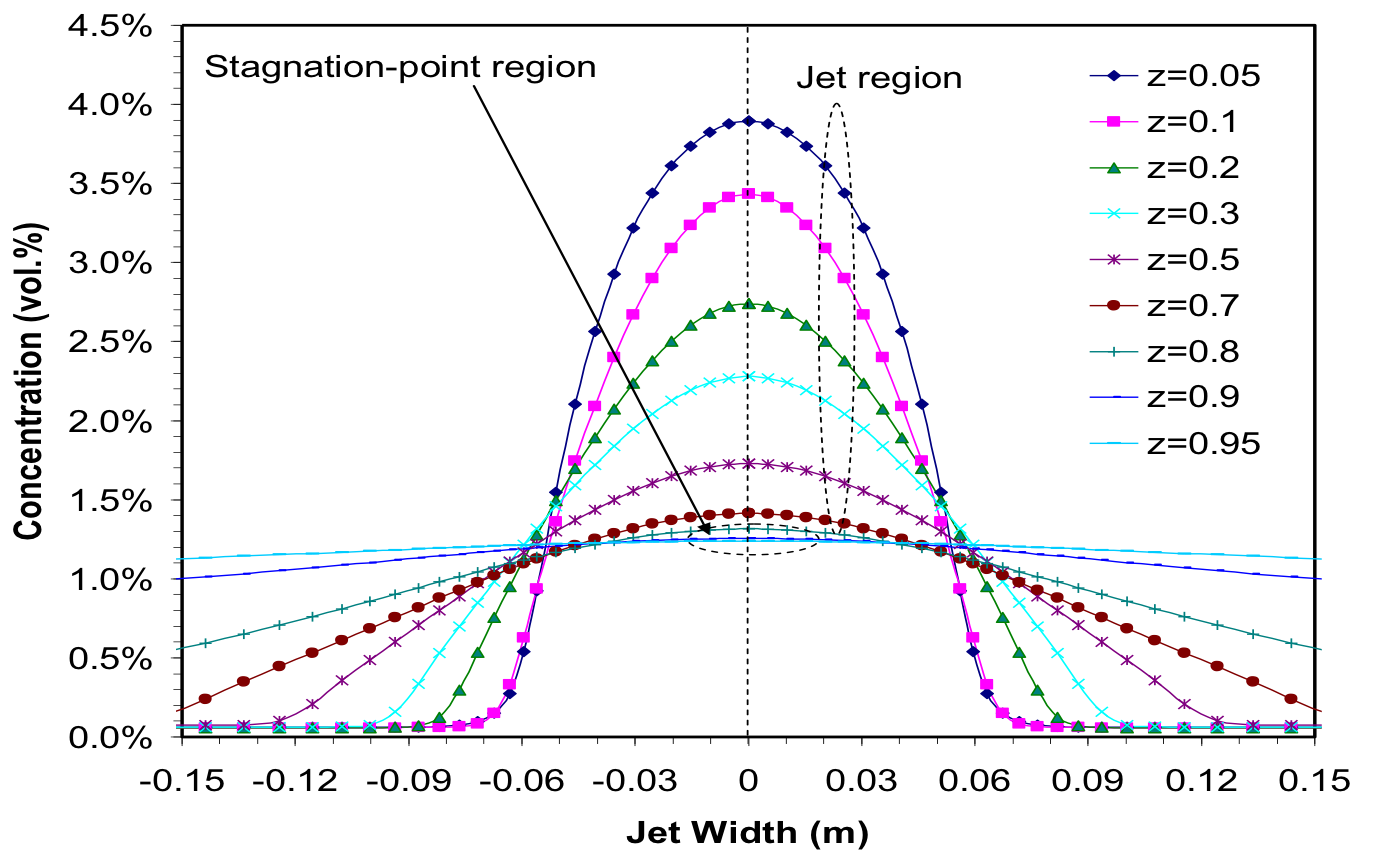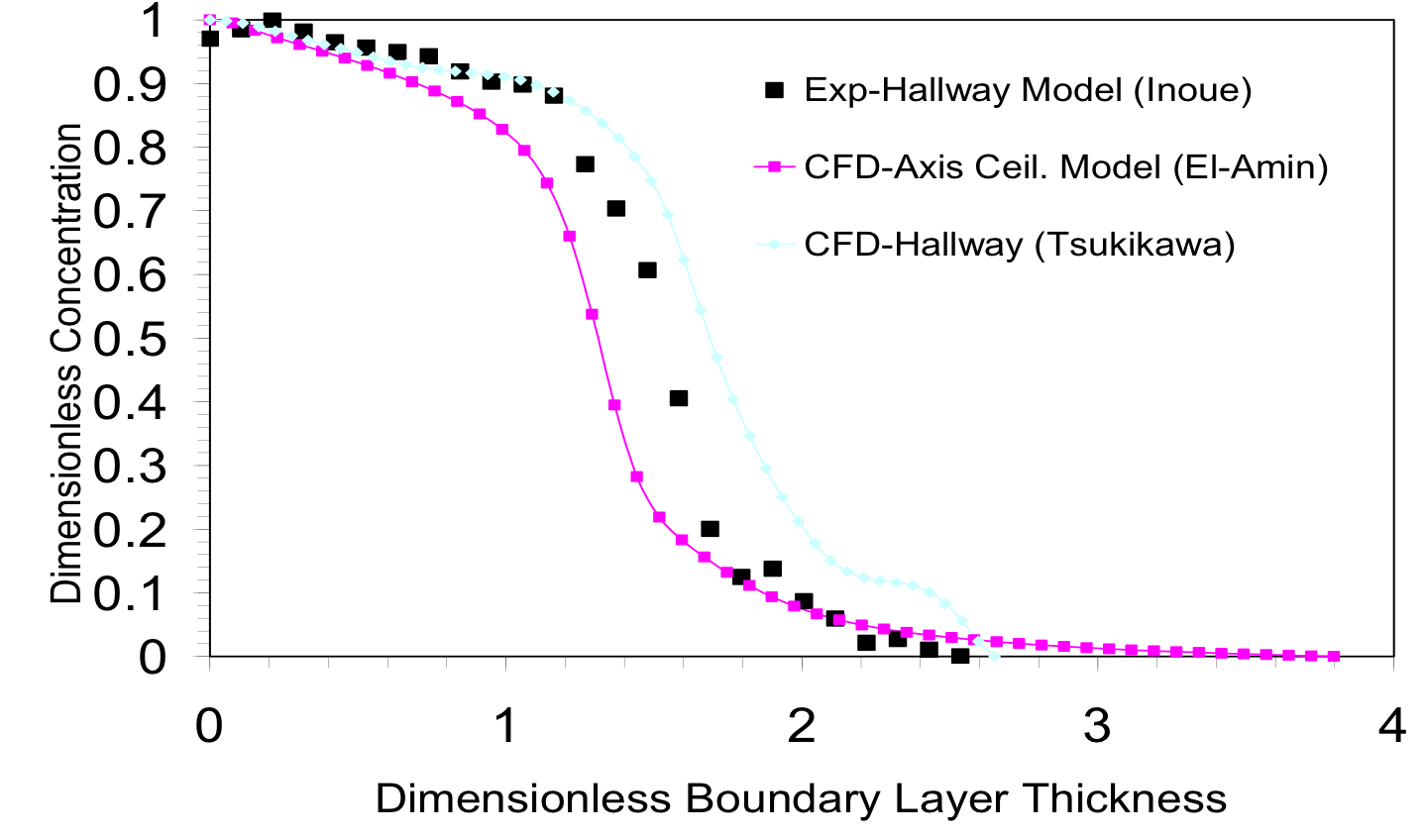Hydrogen energy has much promise as new clean energy and is expected to replace fossil fuels. That field attracts the interest of many researchers. The industry has already created many products, such as some types of vehicles, which use hydrogen as their fuel. Unfortunately, these vehicles are not yet available for consumer use because of economic problems and safety concerns as the risks of hydrogen leakage. The leakage occurs due to long exposure of containment materials to hydrogen which causes embrittlement of hydrogen in materials which may result in cracking and consequently lead to hydrogen leakage. Hydrogen leaks may occur from loose fittings, O-ring seals, pinholes, or vents on hydrogen-containing vehicles, buildings, storage facilities, or other hydrogen-based systems. In order to ensure the safe performing of the hydrogen experiments which is difficult in the case of hydrogen leaks, highly well-prepared facilities are required. So, using computations and numerical simulation is safe and more effective, if the system is modeled correctly and the numerical scheme is verified. It will be very useful if the numerical results compared with available experimental data even in the basic phenomena. Therefore, a numerical simulation can be confidently growth in the variety and intensive research work.
- Hydrogen as new energy
- Hydrogen leakage
- Classification of hydrogen leakage
- Why does the simulation important for hydrogen leakage?
- From CFD Simulation to Boundary Layer Analysis
Hydrogen as new energy:
Hydrogen energy has much promise as new clean energy and is expected to replace fossil fuels. That field attracts the interest of researchers. The industry has already created many products, such as some types of vehicles, which use hydrogen as their fuel. Unfortunately, these vehicles are not yet available for consumer use because of safety concerns and the risks of hydrogen leakage.
Hydrogen leakage:
The expected extensive usage of hydrogen in various industrial applications increases the possibilities of its accidental release in hydrogen infrastructures such as storage, bulk transportation, and distribution, production and utilization. Hydrogen leaks may occur from loose fittings, O-ring seals, pinholes, or vents on hydrogen-containing vehicles, buildings, storage facilities, or other hydrogen-based systems. Long exposure of containment materials to hydrogen causes embrittlement of hydrogen in materials which may result in cracking and consequently lead to hydrogen leakage.
Classification of Hydrogen Leakage:
Hydrogen leakage may be classified into two categories:
1)The hydrogen leaks rapidly and exhibits combustion behavior. In this type of hydrogen leakage scenario, a classic turbulent jet flame model can be used.
2)The hydrogen leakage is an un-ignited slow-leak. This type is our present research concern.
However, hydrogen is ignited by some source of ignition which may happen by static electricity (autoignition) or by an external source.

Why does the simulation important for hydrogen leakage?
In order to ensure the safe performing of the hydrogen experiments which is difficult in the case of hydrogen leaks, highly well-prepared facilities are required. So, using computations and numerical simulation is safe and more effective, if the system is modeled correctly and the numerical scheme is verified. It will be very useful if the numerical results compared with available experimental data even in the basic phenomena. Therefore, a numerical simulation can be confidently growth in the variety and intensive research work.

From CFD Simulation to Boundary Layer Analysis:





 Encyclopedia
Encyclopedia

